Montana Moss Agate is a semi-precious stone that is found only in the Yellowstone River and its tributaries between Sidney and Billings Montana.
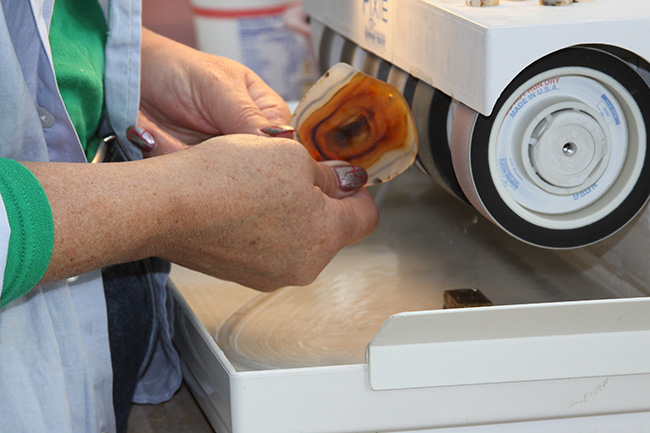
These products of “Mother Nature”, were formed as a result of volcanic eruptions and massive lava flows in the Yellowstone Park area. Montana Moss Agate is formed from chalcedony, one of the many types of quartz. Chalcedony has a waxy luster and can be semitransparent or translucent. It is found in a wide range of colors, but the colors most common are white to gray, grayish-blue or a shade of pale brown ranging to almost black.
Montana Moss Agate gets its red color from iron oxide and the black color from manganese oxide. The fern-like effects of trees, shrubs and mountain scenes come from tiny canals inside the stones that let mineral laden water seep into the stone ages ago, creating these marvelous pictures so sought after by collectors and admirers. Agate has been popular since ancient times, and to this day, many people believe that it promotes both strength and healing.
What Makes the Montana Moss Agate Colors?
A frequently asked question is: how does the Montana Moss Agate get its color?
A Montana Moss Agate colors are uniquely defined by it moss-like or tree-like inclusion (dendrites).
To understand this one needs to look at the structure of the basic agate. The basic chemical is silicon dioxide (SiO2), better known as quartz. Gemstone and lapidary varieties are defined as macrocrystalline (individual crystals are visible to the naked eye) and microcrystalline or cryptocrystalline (aggregates of crystals visible only under high magnification).
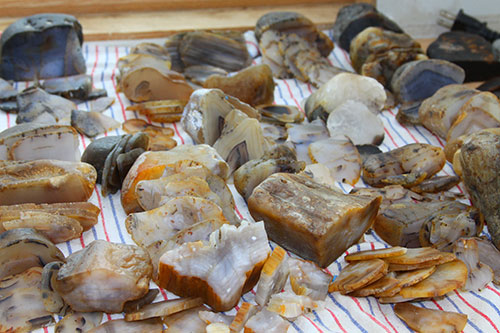
For completeness of discussion macrocrystalline refers to a pure quartz (rock crystal) which is colorless and transparent (light passes through the crystal and objects can be seen on opposite side) or translucent (light passes through but diffuses so that objects on other side are not visible). Examples are amethyst, citrine, prasiolit, rose quartz, milky quart and smoky quartz.
For our purpose, we are interested in cryptocrystalline quartz, which is minute crystals whose crystalline nature are vaguely seen microscopically.
Chalcedony is a cryptocrystalline form of silicon dioxide (SiO2). It consists of fine intergrowths of both quartz and moganite (crystals with 3 unequal axes) in varying amounts.
Chalcedony is usually white or a lightly colored material. An agate is multi-color, banded, semi-translucent to translucent quartz. Jasper is an opaque quartz which is typically red to brown in color.
An agate, as it is most commonly known, is “banded chalcedony”. It must exhibit ANY of the following properties:
1) Banding of whatever kind, caused by different colors or different structure of the layers, or both;
2) Translucency in conjunction with being multicolored;
3) Translucency in conjunction with a nodular shape and colored inclusions.
An “ideal” agate would be a nodule filled with translucent, multi-colored chalcedony with parallel bands. A “pure” agate is white, gray or blue-gray.
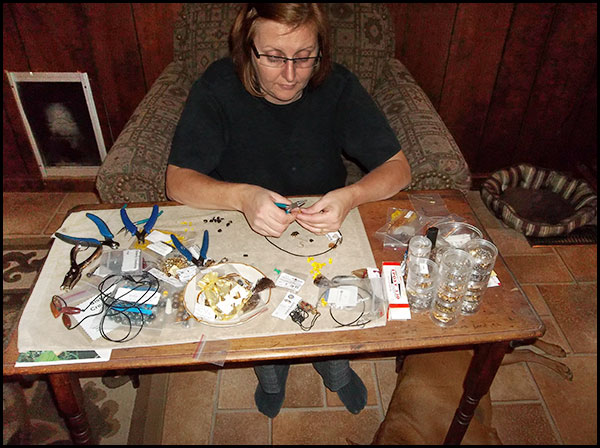
Banding is the most characteristic visible property of agates. The more translucent the band, the darker it will appear. An agate does not have a uniform structure, it is a quartz structure that resembles grapes or breast-like which gives rise to its textural nature.
The Montana Moss Agate colors are uniquely displayed in moss-like, fern-like or tree-like inclusions.
The most frequent colors seen in Montana Moss Agates are, in descending order, gray, white, brown, salmon, red, orange, black and yellow. The color caused by various embedded minerals consists of iron oxides and hydroxides giving yellow, brown and red colors; copper oxide gives red, green colors; manganese oxide gives bluish and brown. The rays of the sun will bleach the surface of Montana Moss Agates to a whitish color.
Color is the primary identifier of the macro-crystalline varieties of quartz, but usually only secondary identifier for cryptocrystalline minerals.
With the advent of polarized light and the electron microscope color has been shown to depend on the orientation of crystals in the agate, and areas of similar color (or brightness) are made of crystals with the same orientation. Thus, when we see a line running through the structure, it must be made of crystals of equal orientation and when we see the overall brightness change gradually, this is because the average orientation of crystals in the agate gradually change.
Simply stated, the observed Montana Moss Agate colors depends on the angle of the crystal, to the direction of the incoming light and the mineral impurities contained in the silica.
Petrified Wood
Petrified wood fossils were created by mineralization of the original the wood but retaining its wood appearance. These trees lived with the dinosaurs- the petrification process occurs naturally over millions of years!
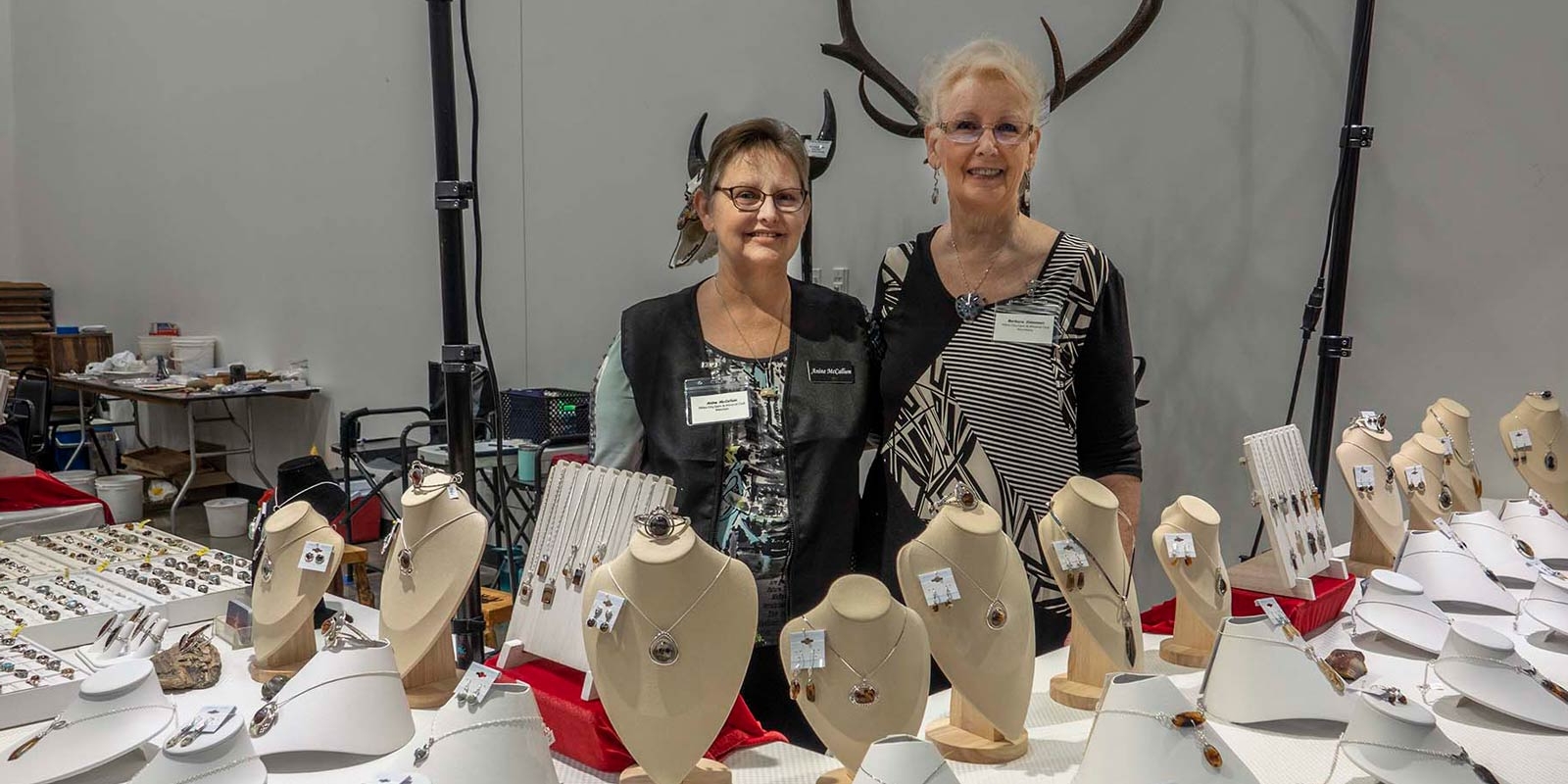

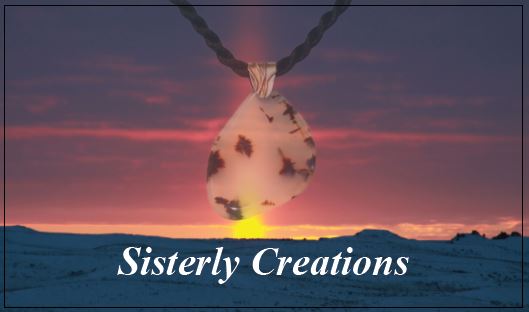 Ismay, Montana • 406.772.5635 •
Ismay, Montana • 406.772.5635 • 
